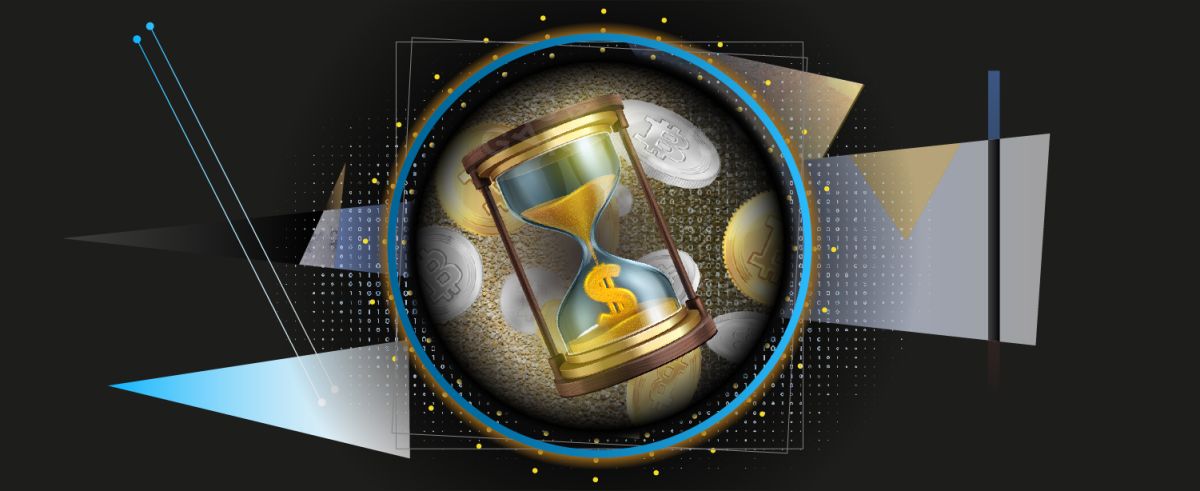What is a retroactive airdrop and how does it work?

Retroactive airdrops reward wallet addresses that have used a particular crypto platform in the past.
On this page
With a traditional airdrop, you can receive tokens for free; however, a retroactive airdrop requires activities with monetary costs: user spends money on commissions, makes token exchanges and cross-chain transfers, makes deposits/withdrawals and some other actions in order to get project’s token as a reward.
With this way of making money there's no guarantee that these actions on the platform will be rewarded. On the one hand you may end up having spent thousands of dollars on such activities for which you get nothing. But on the other hand, there were cases when users made only a few swaps for $100, for which the project “threw” a retroactive airdrop of $5,000-10,000.
Most often, retroactive airdrops are distributed by:
· DEX-platforms, for users of new blockchains;
· Cross-chain protocols;
· Layer 2 and Layer 3 of already functioning networks, for example, Ethereum;
· IDO launchpads, coin trackers and portfolio building services;
· NFT marketplaces, crypto wallets;
· Crypto lending platforms, oracles and other DEFI projects.
It is crucial that the platform at the testing stage doesn’t have its own token. It will be distributed in the future as a reward for the work that has been done. You can find out about future retroactive airdrops from the project’s tokenomics, where the founders frequently refer to airdrops such as “Community Rewards”, “Early Users” and so on. Sometimes happens that the team reveals plans on social media or hints that the use of their product will not go unnoticed. For example, the Layer Zero omnichain interoperability protocol Layer Zero announces the launch of its own token in the official documentation:
Announcement of the ZRO token launch, which should become the coin of the Layer Zero ecosystem
For a year and a half, many projects have implemented their retroactive airdrops. Among the largest distributions was the DYDX airdrop, where users got a phenomenal $30,000 – 40,000 per account; Paraswap distributed tokens worth $10,000; Layer 2 of the Ethereum Optimism blockchain provided users with $1,200. The dollar equivalent is calculated based on the price of native tokens at the time of listing on the exchange.
Some platforms are cautious about “drop hunters”. To exclude those who are purposefully chasing a reward, they apply filters that screen out users by level of activity, recency of the wallet, IP addresses and other factors. This should be taken into consideration before starting work.
An upcoming launch of a token by Metamask may trigger a retroactive airdrop. Layer 2 Arbitrum, Zk Sync and some other projects are also worth keeping an eye on.
Studying funding and activity in social networks will be worth it. The more money the project raised, the larger the potential reward will be. And the number of users provides a rough idea of how many people will share a retroactive airdrop.
The content on The Coinomist is for informational purposes only and should not be interpreted as financial advice. While we strive to provide accurate and up-to-date information, we do not guarantee the accuracy, completeness, or reliability of any content. Neither we accept liability for any errors or omissions in the information provided or for any financial losses incurred as a result of relying on this information. Actions based on this content are at your own risk. Always do your own research and consult a professional. See our Terms, Privacy Policy, and Disclaimers for more details.


























